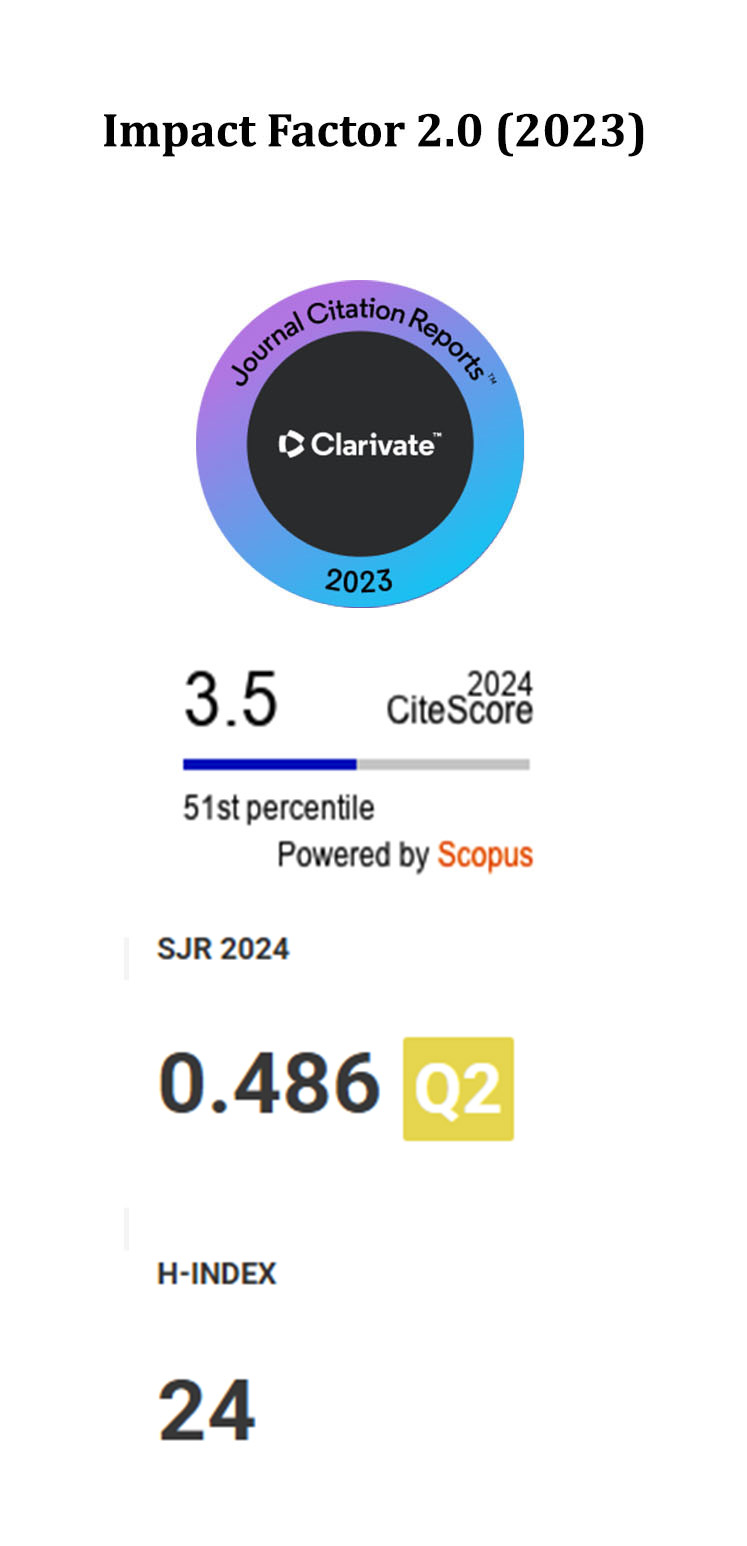A TCGAN-Based Real-Time Personalized Motion Guidance System to Reduce Compensatory Movements in Post-Stroke Rehabilitation
DOI:
https://doi.org/10.5755/j01.itc.54.3.40634Keywords:
Home-based rehabilitation, compensation assessment, real-time exercise guidance, TCGAN, post-stroke recoveryAbstract
Stroke rehabilitation is essential for motor function recovery, yet traditional methods require therapist supervision, which can be costly and inaccessible. Home-based rehabilitation offers an alternative, but without real-time guidance, patients may develop compensatory movements, hindering progress. Existing approaches provide feedback only after exercises are completed, limiting their effectiveness. To address this, we propose a Temporal Conditional Generative Adversarial Network (TCGAN)-based motion generation system that provides real-time skeletal guidance tailored to each patient’s body structure and positioning. By detecting key anatomical landmarks and generating adaptive motion sequences, the system ensures precise movement execution, reducing errors and improving rehabilitation outcomes. Both qualitative and quantitative evaluations confirm the effectiveness of the generated exercises, benefiting from the proposed architecture, improved loss function, optimized training process, and TCGAN hyperparameter tuning. Experimental results show a high degree of similarity between generated and real movements, with a Fréchet Inception Distance (FID) score of 0.87, demonstrating the system’s realism and reliability. This approach enhances patient autonomy and recovery efficiency, offering a more interactive and adaptive rehabilitation experience.
Downloads
Published
Issue
Section
License
Copyright terms are indicated in the Republic of Lithuania Law on Copyright and Related Rights, Articles 4-37.




